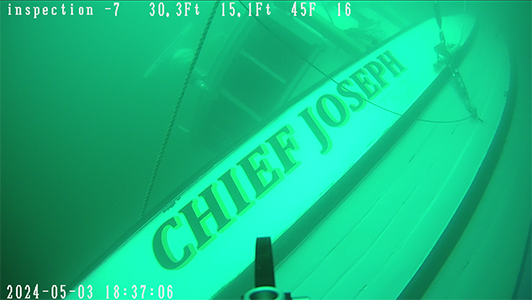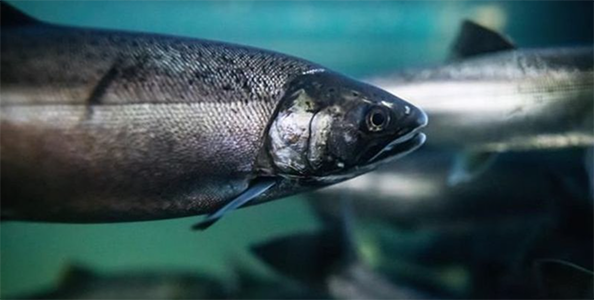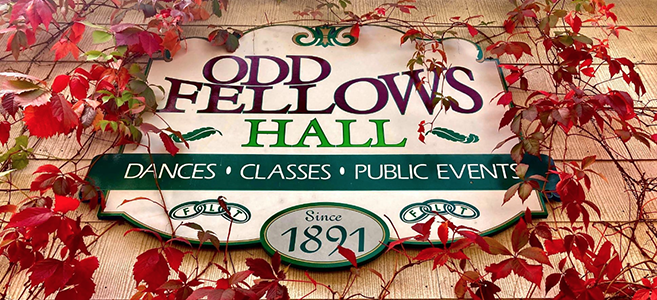||| MIDNIGHT MUTTERINGS by JACKIE BATES |||
So here’s what reindeer do year round that helps reduce climate change according to a November 30, 2022, article by Shira Rubin in the Washington Post.
This is a long, interesting-to-me article that includes Greenpeace and other activist organizations as well as individual efforts, aspects of Sami life and history of Arctic Finland and how deforestation of virgin timber (carbon sinks) is changing an ancient way of life. The article also shows efforts of the Sami to buy back and restore the ancient forests that were and are being stolen from them.
What I concentrate on here is one small part of the Sami culture: reindeer herding and the effect of reindeer living in the remaining ancient Arctic forests. And further, how deforestation affects reindeer habitat and thus, climate change.
Briefly, fungus hangs from the trees in the trees in the Arctic forests and falls to the ground, creating a thick, dark blanket of fallen lichen. In summer, the dark debris absorbs sunlight and heats the air above it, raising the temperature several degrees, contributing to global warming. Where the forest timber is uncut, the reindeer can live there. Their hoof pads shrink in the cold, dark winter, revealing hard, sharp hooves. The reindeer dig through the snow and reveal the lichen, which they can eat due to special organisms in their gut biomes that enable them to digest and absorb nutrition from the lichen. Their scraping hooves reveal the white surface of the forest floor. That white surface reflects light instead of absorbing heat and thus cools, rather than warms the air above when the light returns in summer. According to the Washington Post article, the air temperature above the Arctic forests has risen 3.6 degrees F in thirty years.
One more thing: While the ancient Arctic forests contains virgin timber stands, it turns out timber harvesting is not so profitable after all, to the government and certainly not the Sami people and their way of life. So cutting the timber seems to be a loss to everyone involved as well as to the climate that affects the whole planet. Most interests seem to stem from something personal and my interest in the Sami culture began when I was in the fourth grade at Ravenscroft School in Raleigh, North Carolina where I began my long academic career as the indifferent student I have always been. However something caught my eye. In my geography book, there was a small, black and white photo of a small girl with her equally small sled pulled by a small reindeer in the snow of what was then called Lappland. While I don’t recall any class discussion about the photo or about Lappland itself, I was riveted for the next half century, and now, another couple of decades later. As a young girl myself, with a tiny Shetland pony and a small sled my father had made, I immediately
related to the girl in the photo. Of course there were measurable differences: My pony, Virginia Dare, was a former circus pony who knew that pulling a sled was beneath her status and talents, and also, there was precious little snow in Raleigh,
North Carolina. She was slightly more willing to engage in the pulling of a tiny cart with wheelbarrow tires my father also made. That is, she would pull it as far as the nearest creek where she would lie down in the water until I got out of the cart,
which she would return home without me at an alarming rate of speed. So the girl in the geography book had a lot over me and my situation But still…
Then a half century later when I had a chance to travel in the Scandinavian Arctic, I was on a mission to find that small girl, her sled and reindeer and learn what I could about her way of life. I took a train from Oslo to Bergen, Norway, then the Hurtigruten , meaning ‘fast boat’ that sails from Bergen to Kirkenes (on the border between Norway and Russia, about 250 miles above the Arctic Circle). The Hurtigruten is a fleet of small boats (now larger ships) that has made the week-long
trip every day of the year for well over a hundred years, delivering the mail and goods to into the fjords on the west coast of Norway. From Kirkenes, I hitchhiked south into the land of the Sami, where I spent an idyllic few days immersed in what was left of way of life of the girl in my geography book. The main question from my drivers, who spoke a little English and we all used our phrase books, was: ‘Do old women generally hitchhike alone in America?’ My answer was always a mildly surprised, ‘Yes. Is it unusual here?’ Eventually I reluctantly hitchhiked further south and caught a bus and then a train to Helsinki, where I was reunited with a friend and a different form of civilization.
What I learned about Sami life and culture on my travels and from a little reading on the web: The uncut forests provide everything Reindeer need and Reindeer provide everything indigenous Sami needed in their lives: food, which includes meat, organs and milk (and therefore butter and other dairy products). Also shoes and clothing, tents and blankets from hides, tools from bone and especially antlers, fat for fuel and calories, hair for warmth and decorations, plus grass and berries for dyes and fiber.
There are nine Sami languages plus dialects, now threatened by sparse, aging populations and the fact that Sami languages were not extensively written. Only in the late 1700s when the New Testament was published did the Sami join the other European written languages. There are nine major Sami languages plus a few additional dialects. Their written languages are in a basically a Latin alphabet with some extra letters and symbols. My understanding of this is pretty thin. I do know that the small villages I visited in 2001 had no English-speaking full time residents. No doubt that’s no longer true.
My return to Orcas included a flight over the twin towers in New York City, just before they fell, which took all of my attention for a long time before I began to reflect deeply on my Arctic trip. It is always interesting to me how lands and cultures so far apart and geographically different from each other can have such profound effects on each other’s ways of
life, and, indeed eventual survival. I imagine the Sami are now more proficient on modern technology than I am, if less dependent. And we are dependent on their care of and for the Arctic forests and reindeer who live there to offset, just a little, the damage we all do to the world climate.
One important thing I left out here of my brief time the Sami culture is art. The carvings, weavings, paintings, jewelry and
clothing, as well as the everyday ‘kitchen’ items, like a carved, lidded butter box, bound with leather and carried under a reindeer chin were amazing. Alas, I carried no camera or cell phone (though one of my rides was with a Finnish couple from Helsinki who worked for Nokia). There is an intricate description of theater and other productions digitally shared in the Post article, and their importance to sharing the need for attention and action to the plight of the forests, the reindeer and the Sami. I hope everyone takes a look at Shira Rubin’s article and the illustrations that accompany it.









Thank you for bringing this issue and article to our attention! I found the full article fascinating and inspirational: https://www.washingtonpost.com/climate-solutions/interactive/2022/climate-change-reindeer-habitats-deforestation/